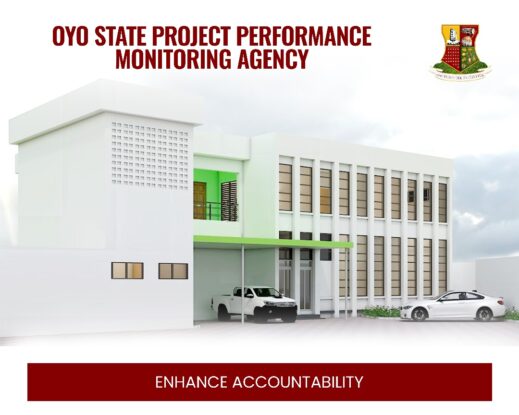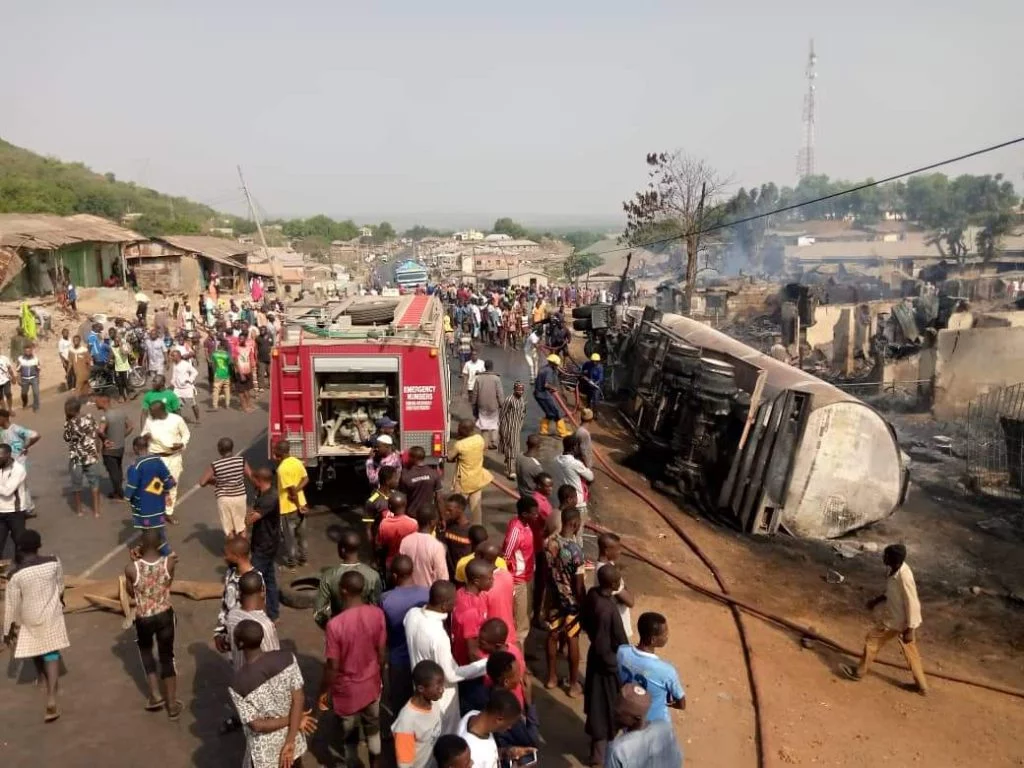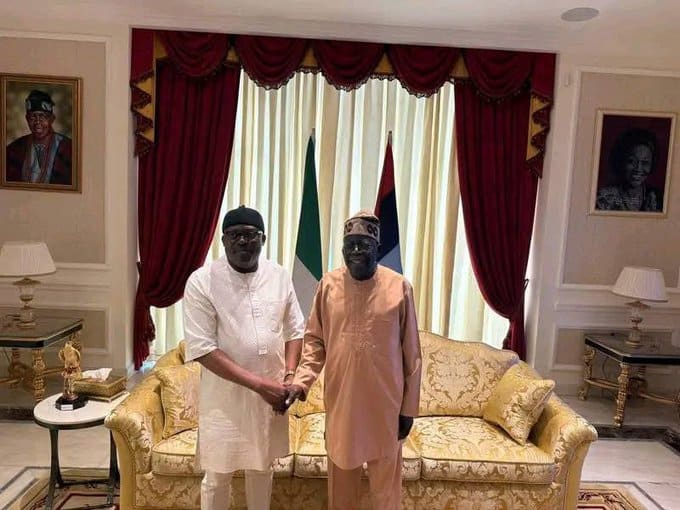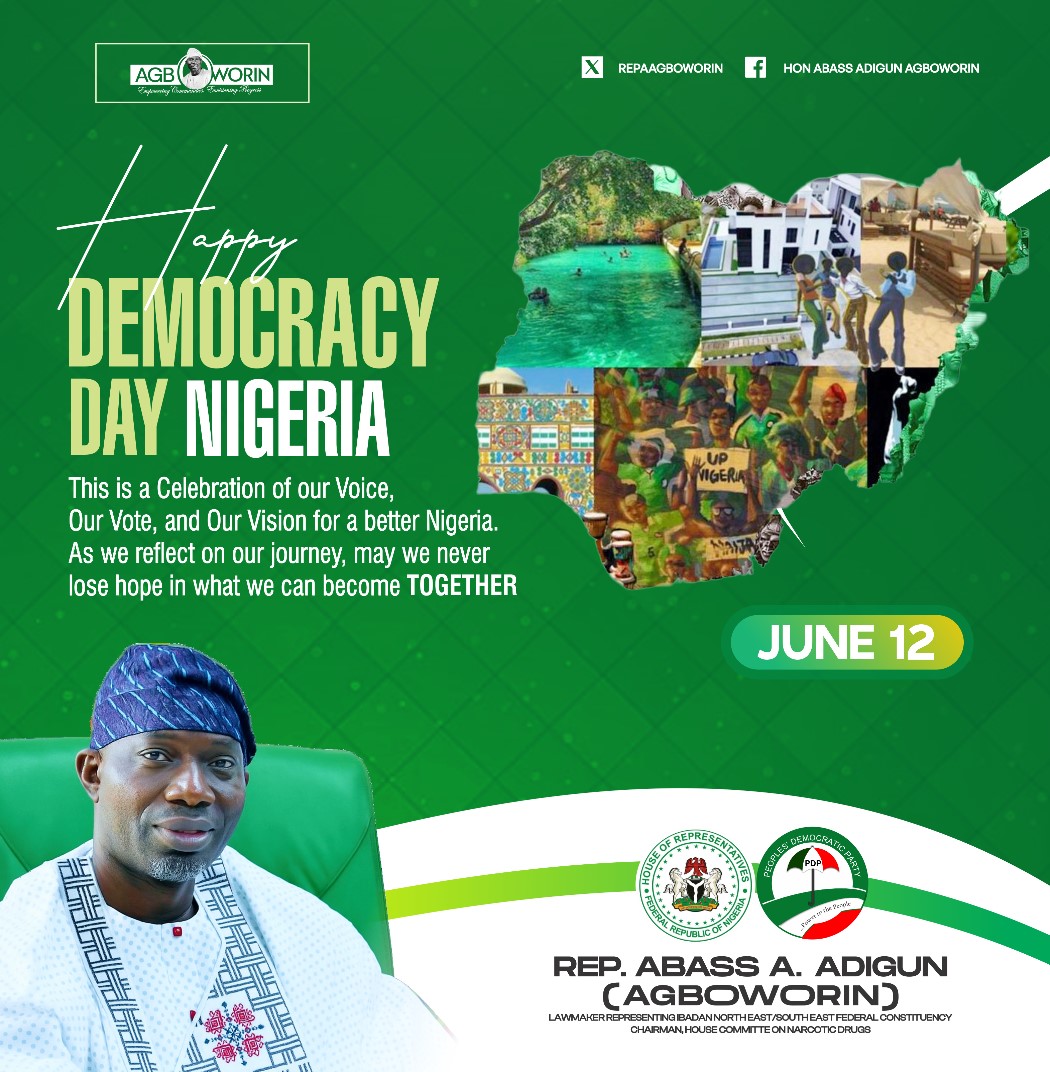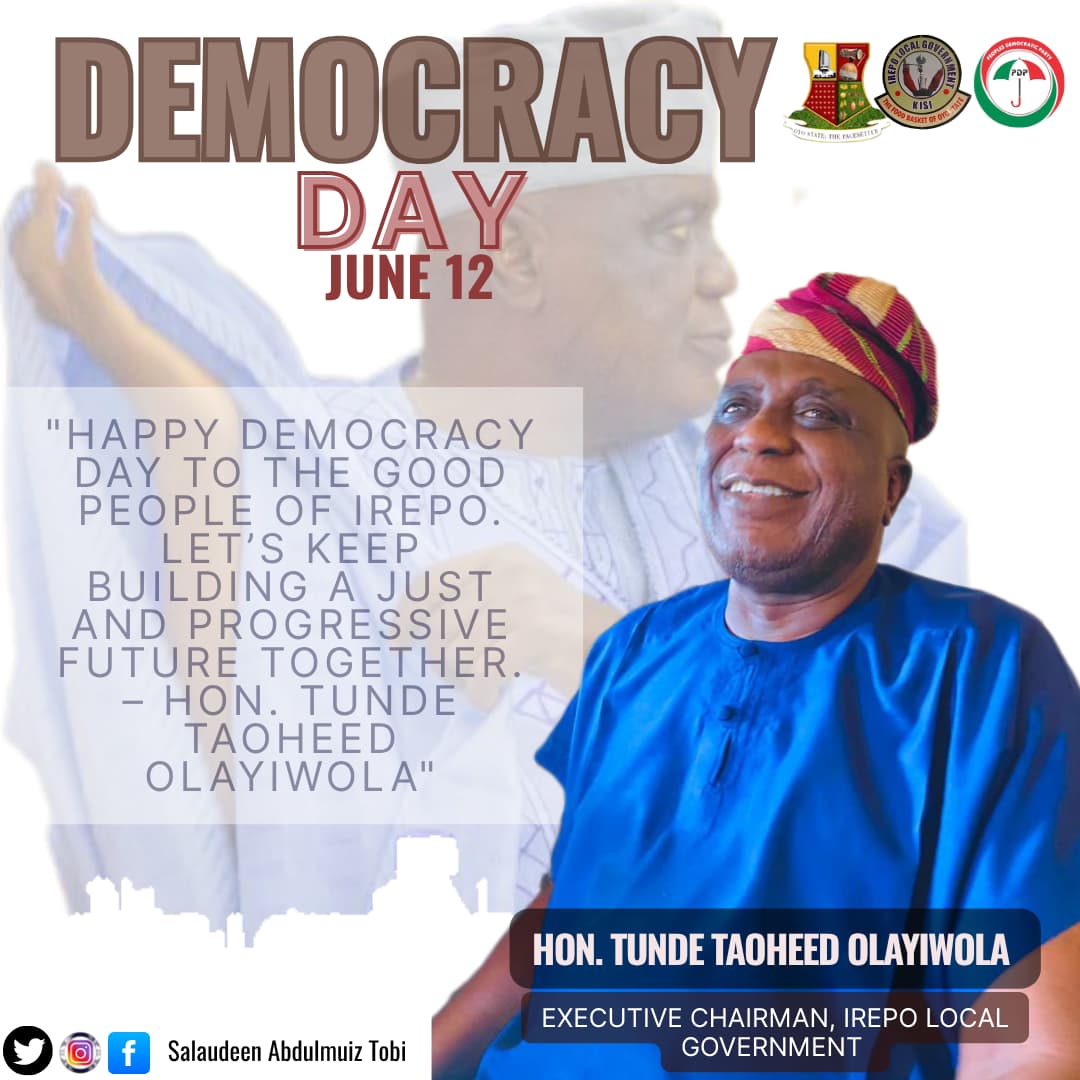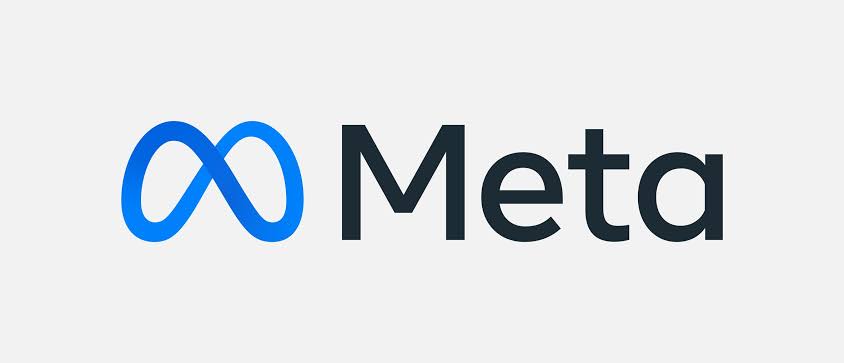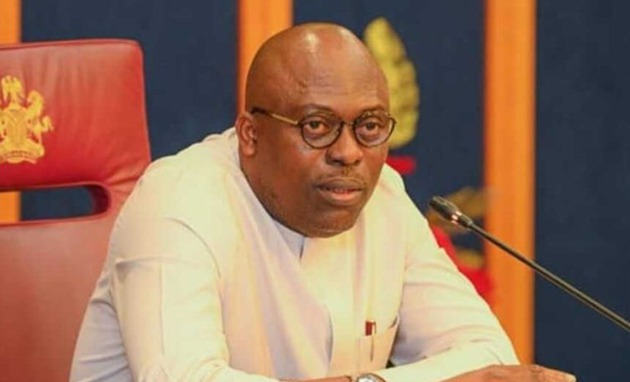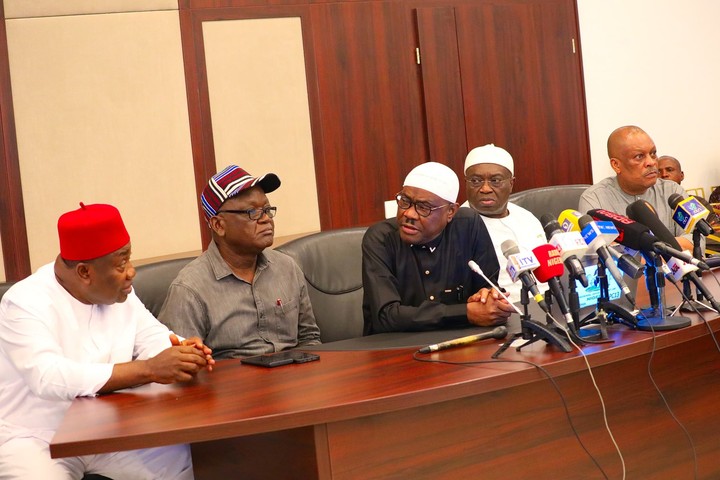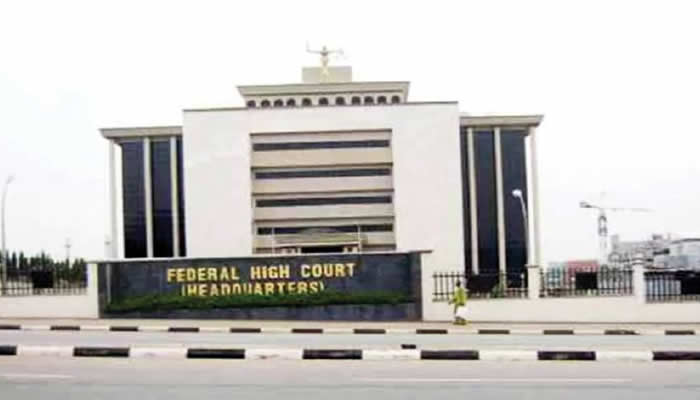Nigeria To Spend N393 Billion On 1,477 Street Lights In 2025 Budget
Nigeria’s 2025 Budget: How Much Does a Streetlight Really Cost?
Nigeria’s 2025 budget has dropped, and the figures for streetlights alone are enough to make anyone do a double-take. With 1,477 streetlights allocated a jaw-dropping N393.29 billion, the average cost per light is about N266 million. For context, that’s not just expensive—it’s astronomical. Are they planning to install streetlights, or the sun itself
Let’s break down what else the National Assembly (NASS) deemed worthy of such astronomical funding:
538 Boreholes for N114.53 billion: Access to clean water is critical, but at roughly N213 million per borehole, one wonders about the scope and actual delivery of these projects.
2,122 ICT Projects costing N505.79 billion: Tech is vital for development, but this budget equates to nearly N238 million per ICT project. It’s unclear if these are small setups or mega ventures, but the figures invite scrutiny.
43 Community Town Halls at N17.23 billion: That’s N401 million per town hall—building community spaces or palaces?
561 Education Projects funded with N179.96 billion: Education is the backbone of growth, yet N320 million per project begs the question of efficiency and real impact.
319 Health Projects with N420.09 billion: Health is crucial, but that’s over N1.3 billion per project, raising eyebrows on fund management.
32 Traditional Ruler Empowerment Projects costing N6.74 billion: Supporting traditional leadership is important, but N210 million each? Are rulers getting special perks or grand palaces?
1,380 Road Projects with N1.44 trillion: Roads are essential infrastructure, but that’s about N1.04 billion per road project. We must ask—what defines a project here? Could these figures actually transform Nigeria’s roads or just line pockets?
24 Security Vehicles costing N11.7 billion :Security is a must, but nearly N488 million per vehicle? Even armored cars don’t cost that much.
What Does This Tell Us?
The 2025 budget’s allocations raise serious questions about priorities and financial stewardship. With per-unit costs so inflated, it’s hard to avoid suspicion about waste, inefficiency, or worse—embezzlement.
Is NASS genuinely committed to lighting up Nigeria, or are these figures a glaring example of budget padding and mismanagement? The country deserves transparency, accountability, and realistic budgeting—not sky-high numbers that suggest the streetlights might be solar systems or the sun itself.
Conclusion
Nigeria needs smart investments, not grand illusions of development funded by absurdly inflated budgets. The people are watching, and it’s time for the National Assembly to shed light on these numbers—before the entire budget becomes just a costly shadow play.

